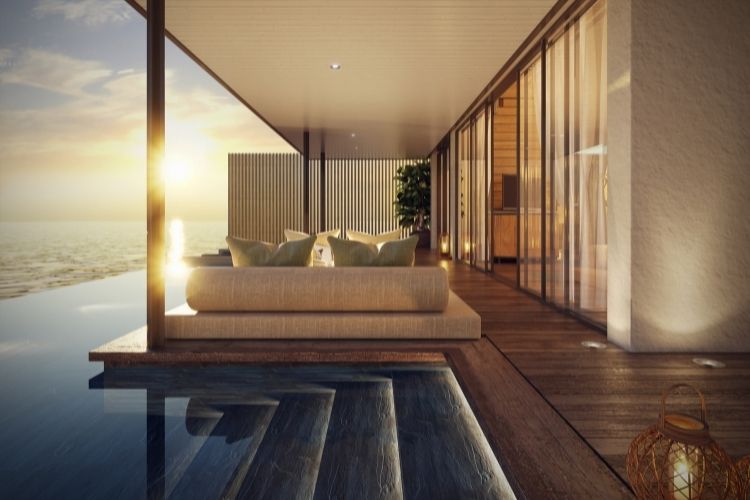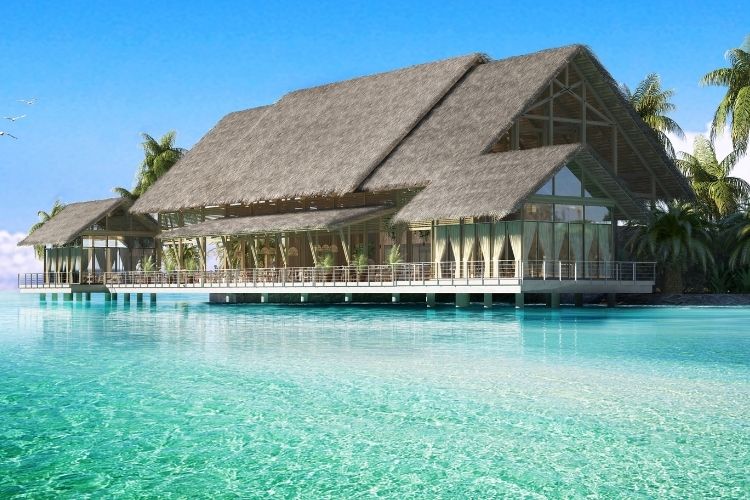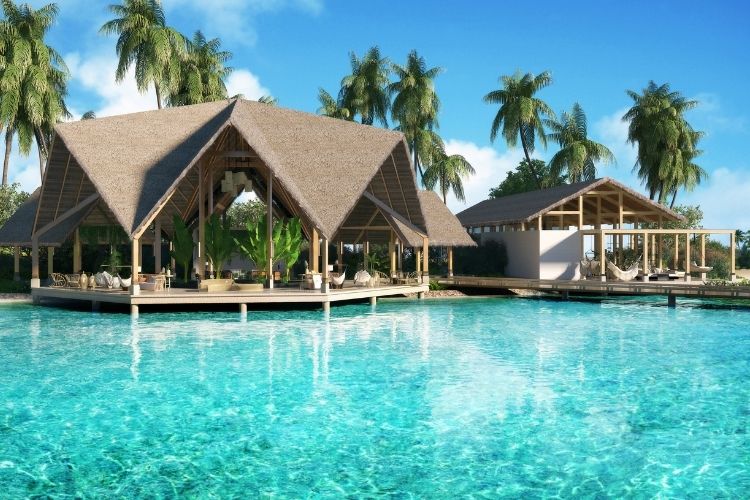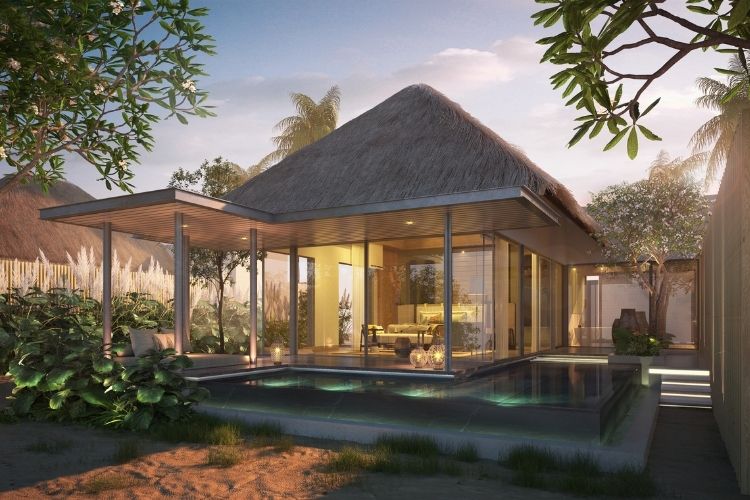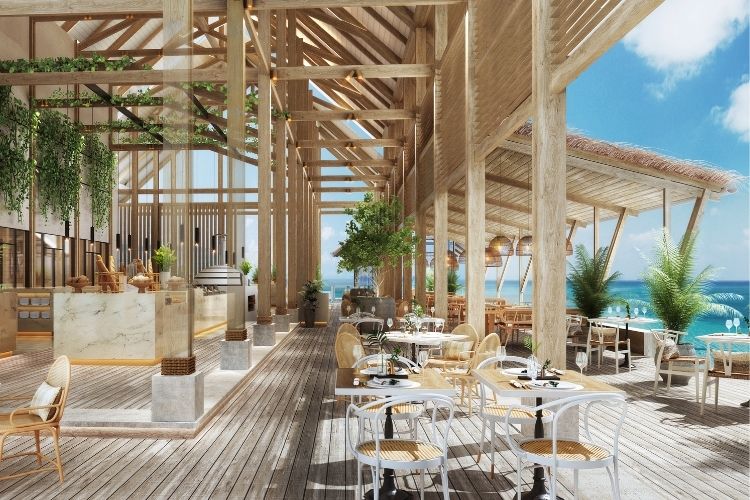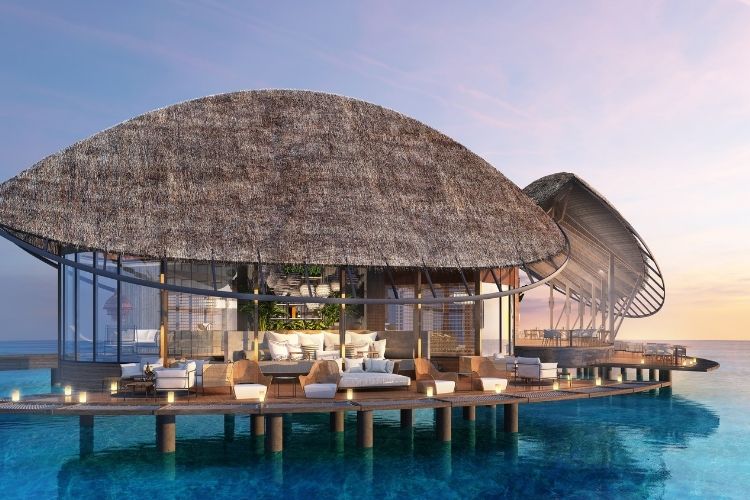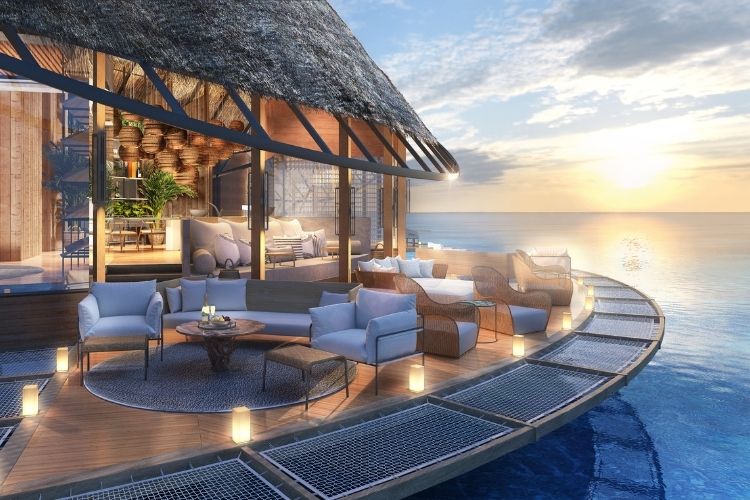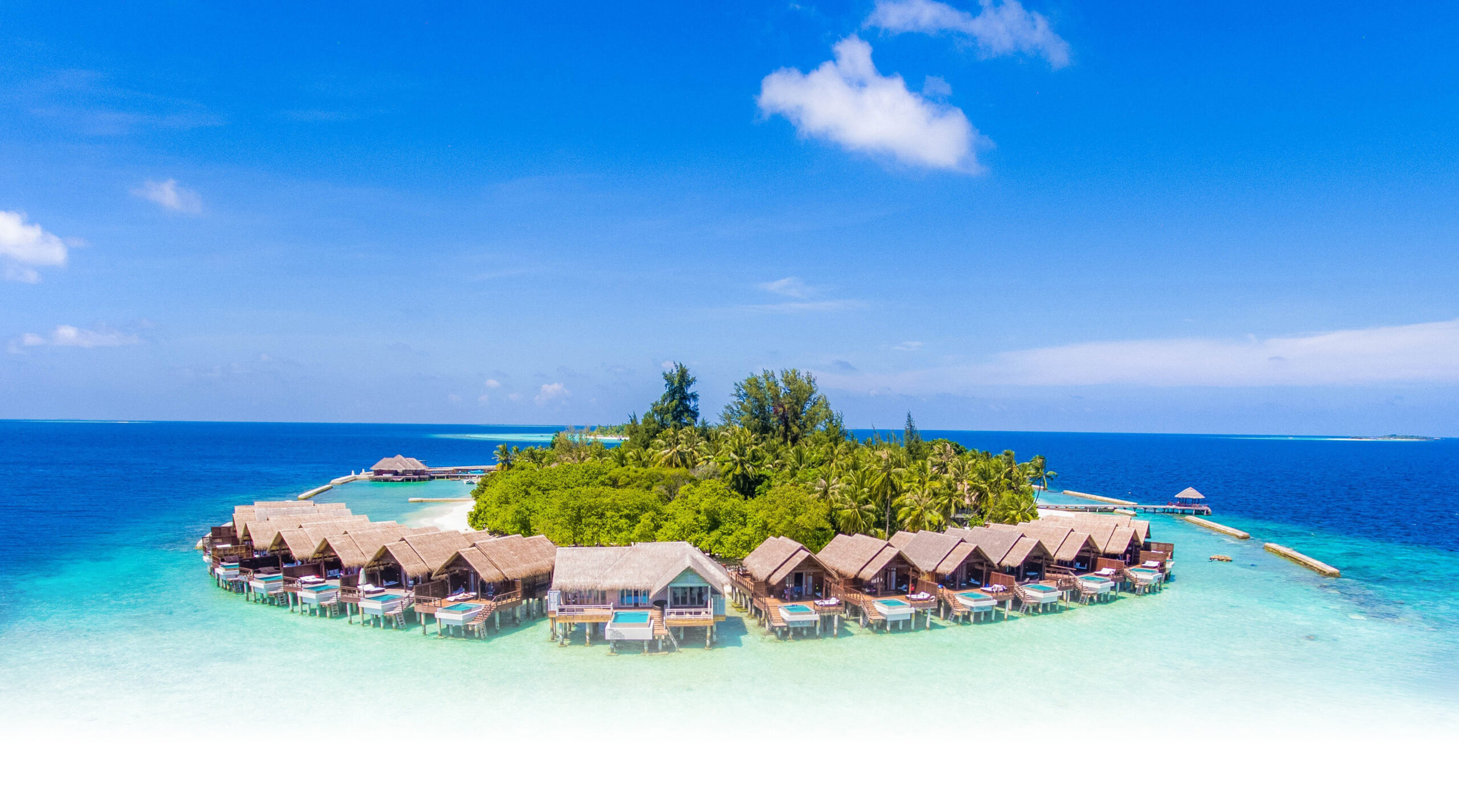Hilton Hotels & Resorts announced the signing of a management agreement with Amingiri Holdings Pvt Ltd to launch its 4th property in the Maldives; the 109 all-villa Hilton Maldives Amingiri.
Amingiri Holdings Pvt Ltd is a subsidiary of Maldivian construction and real estate development company, Amin Construction Pvt Ltd.
According to Hilton Hotels & Resorts, Hilton Maldives Amingiri will mark the entry of Hilton’s flagship Hilton Hotels & Resorts brand into the Maldives. Currently, the hotel chain runs Waldorf Astoria Maldives Ithaafushi, Conrad Maldives Rangali Island and SAii Lagoon Maldives, Curio Collection by Hilton in the Maldives.
The Maldives remains one of the world’s most highly sought-after destinations and the signing of Hilton Maldives Amingiri reflects the excellent growth potential we see in the market. We are delighted to be embarking on this partnership with Amingiri Holdings Pvt Ltd to launch our Hilton Hotels & Resorts brand in the country. We are confident their experience in developing world-class resorts in the Maldives, combined with Hilton’s strong commercial engine, will place us at the top of mind for leisure travellers when it is safe to travel again.
Guy Phillips, Hilton’s senior vice president, development, Asia Australasia.
According to a press release by Hilton, the new resort is located on Amingiri Island in the Male Atoll, directly accessible from the Maldives’ Velana International Airport via a short 15-minute speedboat ride. The resort will feature 109 well-spaced beach and water villas, each with a private pool, including an exclusive six-bedroom villa.
Hilton Amingiri Maldives will also feature a pool, spa, fitness centre and salon for guests to clock in time to work out or to refresh themselves. In addition to that, Guests can enjoy an array of dining options from the resort’s six restaurants and bars to suit their mood and palate throughout the day, including:
- Habitat: the resort’s all-day dining restaurant which celebrates international cuisines inspired by cultures ranging from the Mediterranean to South East Asia through its live kitchens, presenting a delectable breakfast spread in the morning before evolving into an a la carte dining venue for lunch and dinner where guests can enjoy themed nights offering indulgent flavours from around the world.
- Re-Fuel: A teens-only zone where junior guests can gain access through a secret speakeasy-style entrance in the kids’ club. The rooftop deck is a tranquil oasis where teens can relax and unwind. A dedicated bar will serve a curated menu specifically catering to the needs and wants of the teenage traveller.
- EDEN: An adults-only resort’s destination bar specializing in champagne and gin-based drinks in a highly bespoke and intimate setting where guests can celebrate special occasions with unparalleled views of the Maldivian sunset.
The upcoming Hilton Maldives Amingiri will also feature Hilton CleanStay, an industry-leading programme to deliver a new standard of cleanliness and disinfection across all of Hilton’s hotels globally, providing peace of mind from check-in to check-out.


